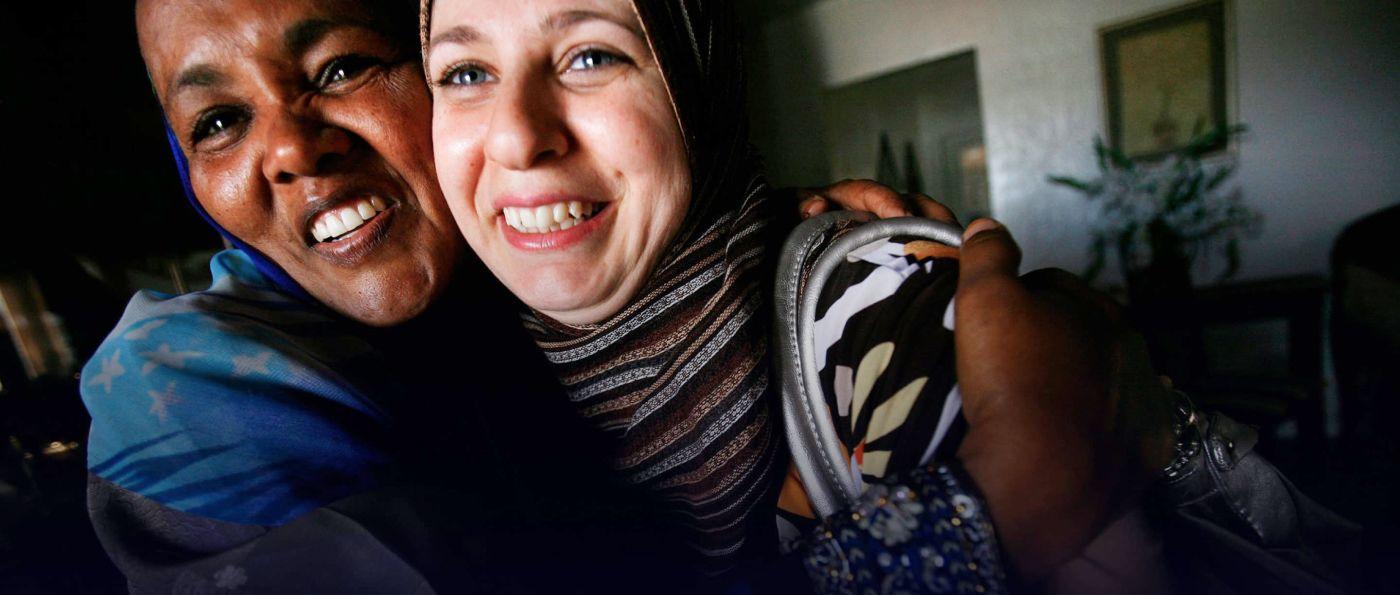
How climate change impacts refugees

On Earth Day, Welcome.US recognized the role climate change plays in driving mass displacement around the world. As droughts, extreme heat, and natural disasters intensify, millions are being forced to flee their homes.
Explore what it means to be a climate refugee—and how you can help.
What is a climate refugee?
Although the 1951 Refugee Convention doesn’t recognize climate change as a cause of forced migration, the lived experiences of individuals displaced tell a different story. Climate refugees are individuals forced to leave their homes due to climate-driven disasters such as drought, extreme heat, and increased frequency of natural disasters.
3 main climate issues impacting global communities:
Drought
Prolonged water shortages destroy crops and limit access to clean water, forcing families to migrate in search of stability and security.
Extreme heat
Beyond its health effects, extreme heat disrupts rainfall patterns, worsens drought, and increases the likelihood of wildfires.
Increased frequency of disasters
Due to a combination of climate change factors, such as rising temperatures and unpredictable weather patterns, natural disasters are becoming more frequent, severe, and widespread.

How can climate change drive forced migration?
It’s a chain reaction.
Multi-year drought leads to crop failure. With crop failure, individuals lose their livelihoods. With no other options, indivduals are forced to migrate.
The unique challenges of climate refugees:
Because climate change isn’t recognized as a cause of forced migration under international law, climate-displaced people often fall outside of legal protection. This limits their resettlement options.
What can you do to help?
Follow and support organizations like Climate Refugees, who:
-
Raise awareness
-
Advocate for policy changes
-
Provide research on growing climate displacement
Source: Climate Refugees



